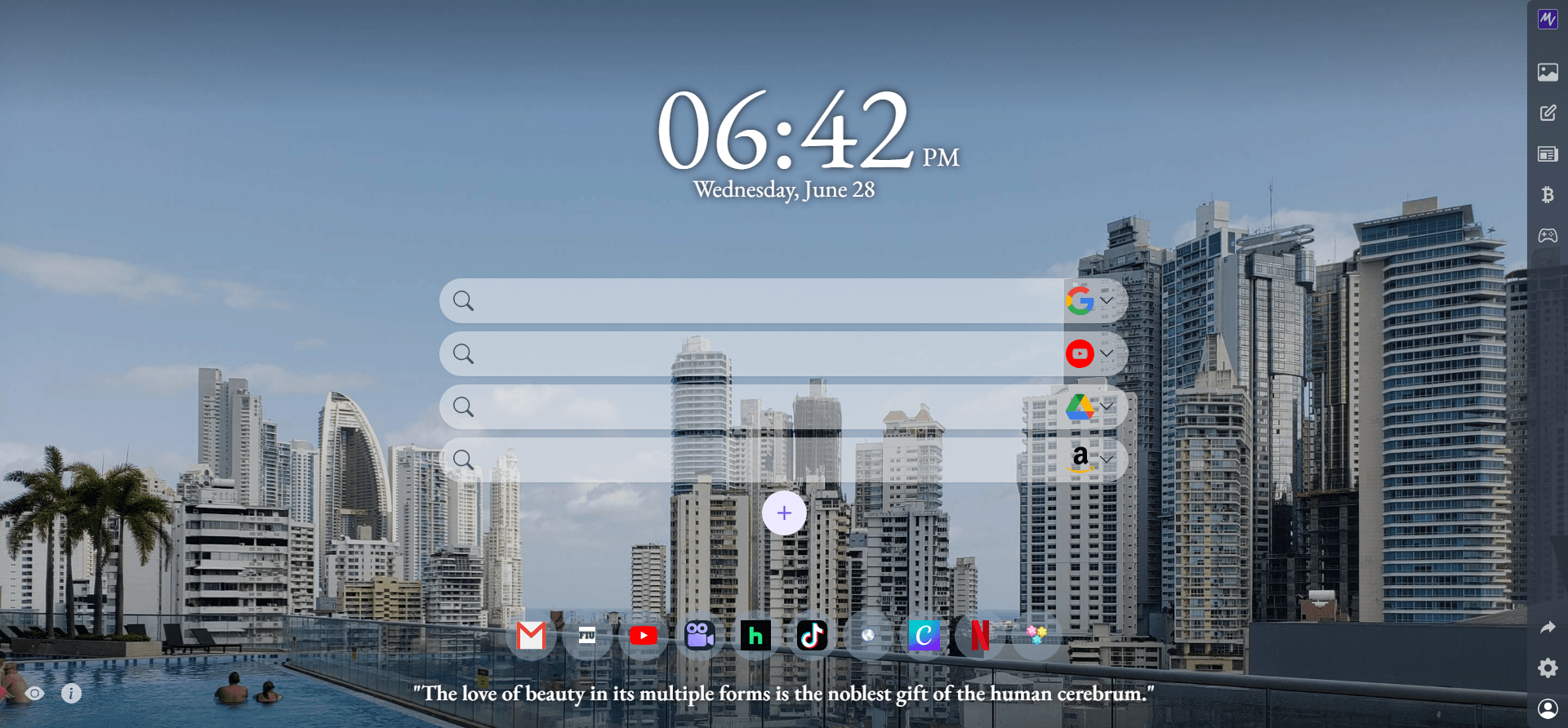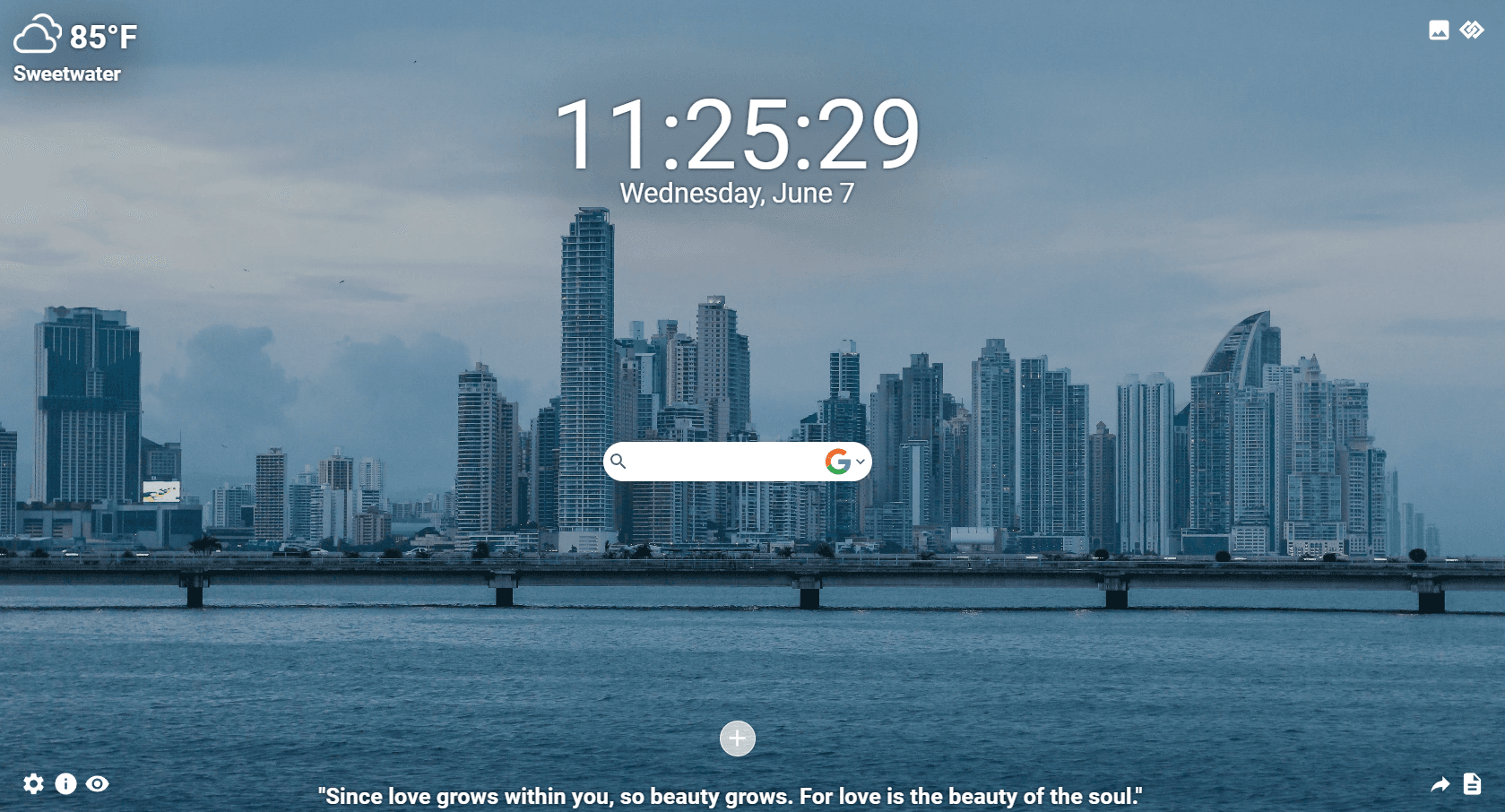The Remarkable History of Panama City and the Panama Canal

Nestled at the crossroads of North and South America, Panama City, the capital of Panama, holds a rich history shaped by its strategic location and the engineering marvel of the Panama Canal. From its humble beginnings as a small Spanish settlement to its emergence as a global trade hub, Panama City and the Panama Canal have played pivotal roles in shaping international commerce and fostering cultural exchange. In this blog, we will delve into the fascinating history of Panama City and the Panama Canal, highlighting their significance in connecting continents and shaping Panama's identity.
Panama City traces its roots back to the early 16th century when it was founded by Spanish conquistadors. Established in 1519, the city became an important port and a hub for transporting treasures plundered by the Spanish from indigenous civilizations in South America. Its strategic location allowed Panama City to thrive as a vital link in the Spanish colonial trade network, connecting the riches of the Inca Empire with Europe.
The idea of constructing a canal across the Isthmus of Panama emerged in the 16th century, but it was not until the late 19th century that the project gained traction. The French initiated the construction in the 1880s but faced numerous challenges, including tropical diseases and engineering difficulties. In 1904, the United States took over the project, overcoming these obstacles and completing the Panama Canal in 1914. The canal revolutionized global trade by providing a shortcut between the Atlantic and Pacific Oceans, eliminating the need for ships to navigate around the treacherous Cape Horn.
The completion of the Panama Canal had a transformative impact on Panama City's economy and infrastructure. The city experienced rapid growth, attracting people from around the world who sought opportunities in trade and commerce. However, for much of its early history, Panama was under U.S. control. The Panama Canal Zone, a U.S. territory, divided the country until the 1977 Torrijos-Carter Treaties, which gradually transferred control of the canal and surrounding areas back to Panama.
In recent decades, Panama City has undergone a remarkable transformation, evolving into a bustling metropolis and a thriving financial center. Skyscrapers dot the skyline, and modern infrastructure has turned the city into a cosmopolitan hub. Panama's economic growth, driven by the Panama Canal and financial services, has propelled the city forward, attracting international businesses and expatriates seeking a dynamic and multicultural lifestyle.
Panama City boasts a rich cultural heritage that reflects its historical influences. The Casco Viejo, a UNESCO World Heritage site, showcases colonial architecture, cobblestone streets, and vibrant plazas. Museums like the Museo del Canal Interoceánico delve into the history and significance of the Panama Canal. The city's diverse culinary scene, blending traditional Panamanian flavors with international influences, has gained recognition and attracts food enthusiasts from around the world.
From its origins as a Spanish settlement to its rise as a global trade hub through the engineering marvel of the Panama Canal, Panama City's history is intertwined with international commerce and cultural exchange. The Panama Canal's completion marked a significant milestone in connecting continents and revolutionizing maritime trade. Today, Panama City stands as a testament to Panama's resilience and transformation, blending history, modernity, and cultural diversity. As Panama continues to evolve, it remains a vital bridge between continents, embracing its role in fostering global connectivity and shaping its unique identity. With MeaVana's Panama City topic backgrounds for your Chrome dashboard, you can immerse yourself in the vibrant history and awe-inspiring engineering of Panama City and the Panama Canal, allowing you to explore their wonders right from your digital workspace.
